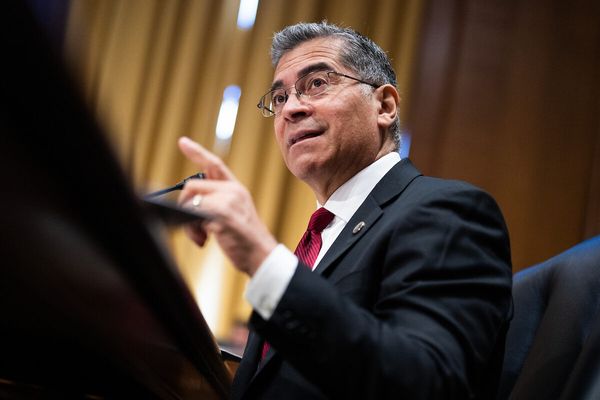
President Donald Trump has expressed his backing for a major natural gas pipeline project in Alaska, bringing renewed attention to a venture that has faced challenges despite backing from state officials. The proposed 810-mile pipeline aims to transport gas from Alaska's North Slope to a port for potential export to Asian markets.
Liquefied natural gas (LNG) is natural gas cooled to a liquid state for transportation and storage. The Alaska project involves a pipeline from the North Slope to south-central Alaska, with a liquefaction facility in Nikiski for processing and export.
President Trump has emphasized the project's importance for providing affordable energy to Alaska and global allies. He has highlighted the project in executive orders and discussions with foreign leaders, including Japan's Prime Minister.
Challenges facing the project include high costs, competition from other ventures, and economic feasibility concerns. Despite past efforts and agreements, bringing Alaska's gas reserves to market remains a significant hurdle.
State leaders are considering the possibility of importing gas to meet regional needs due to production constraints in the Cook Inlet basin. While importing gas was once viewed unfavorably, it is now seen as a potential interim solution until a gas pipeline is established.
Alaska House Majority Leader Chuck Kopp urges optimism and warns against negative sentiments, emphasizing the transformative impact a successful energy project could have on the state's economy. However, some experts remain skeptical about the pipeline's feasibility and advocate for preparations for potential gas imports.







